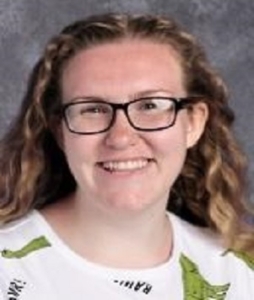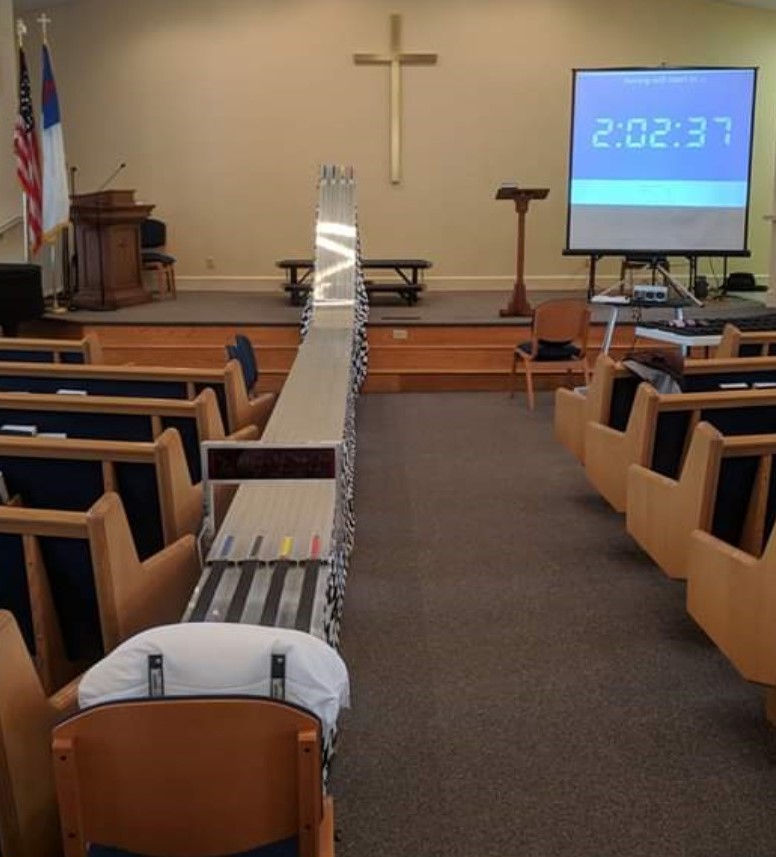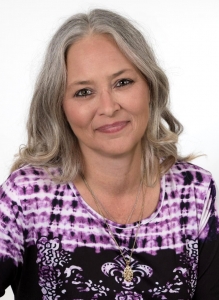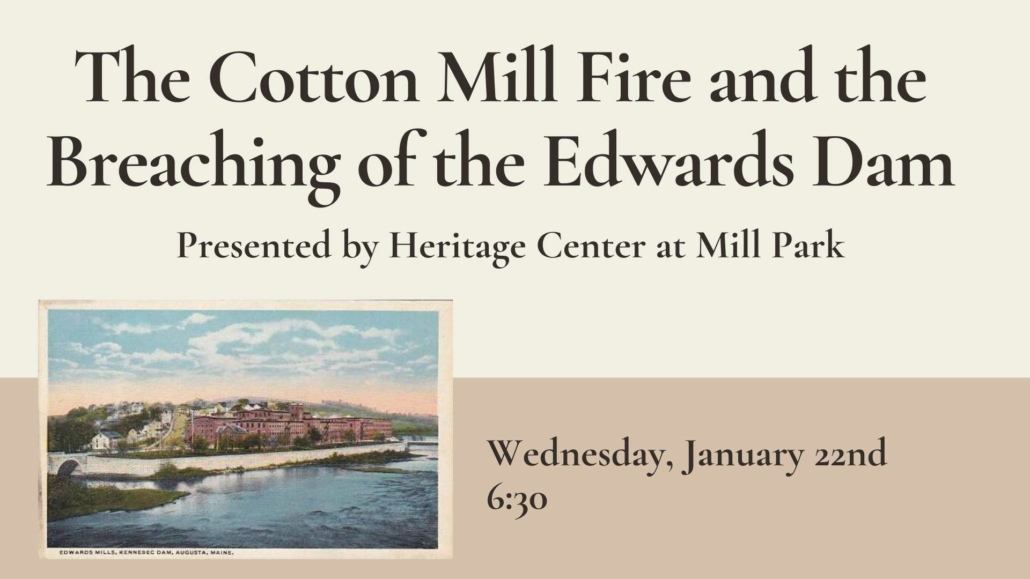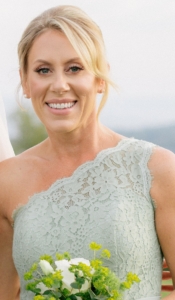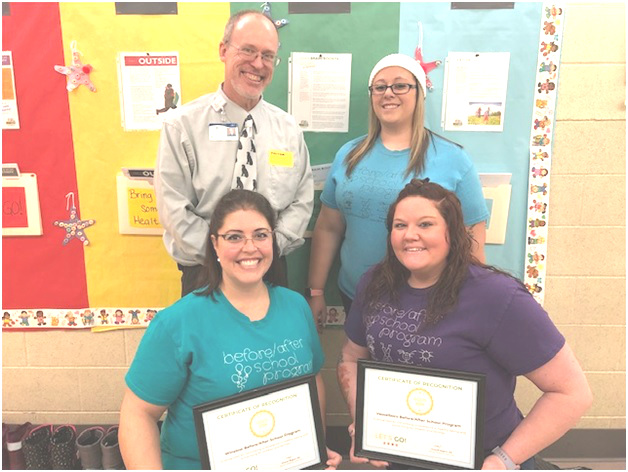Home fire risks increase as weather cools
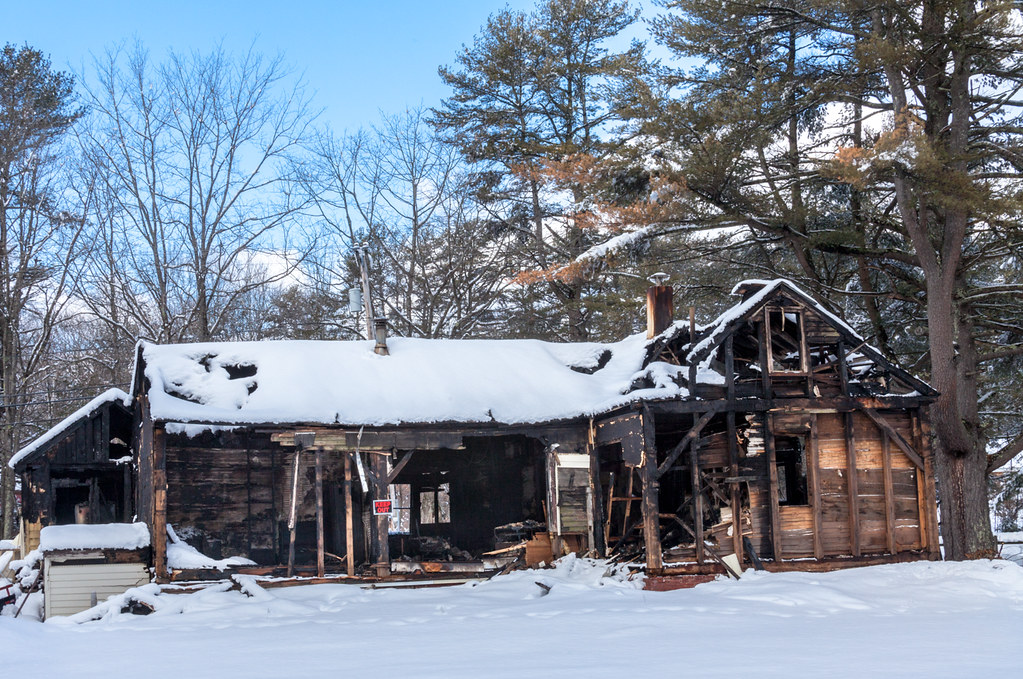 (NAPSI)—The fall and winter seasons bring cooler temperatures, holidays, and images of cozy nights by the fireplace. Yet the change in seasons also comes with the chance of severe weather and an increase in fire risks. According to the U.S. Fire Administration, more home fires occur in winter than in any other season.
(NAPSI)—The fall and winter seasons bring cooler temperatures, holidays, and images of cozy nights by the fireplace. Yet the change in seasons also comes with the chance of severe weather and an increase in fire risks. According to the U.S. Fire Administration, more home fires occur in winter than in any other season.
“Space heaters, generators, and fireplaces all present fire hazards if not properly used and maintained,” said Steve Hirsch, chair of the National Volunteer Fire Council. “Residents should be aware of the dangers and take the steps to make sure their families and homes are protected.”
Follow these tips to minimize home fire and safety risks:
- Install smoke alarms in every sleeping room, outside each separate sleeping area, and on every level of the home. Test monthly to ensure they work.
- Install carbon monoxide alarms and test them at least once a month.
- Know where the gas, electric, and water main shut-off controls are and how to use them.
- Place fire extinguishers in the kitchen, garage, and living room, and make sure all household members know how to use them.
- Develop a home fire escape plan and practice it with the entire family.
- Keep portable generators outside and away from the home.
- Install a screen in front of each fireplace or wood stove. Store cooled ashes in a metal container outside the home.
- Have chimneys professionally inspected and cleaned every year.
- Keep anything that can burn at least three feet away from fireplaces, radiators, space heaters, or other heat source.
- Never leave lit candles unattended, and keep them out of the reach of children and pets.
Residents can also take an active role in protecting their communities from hazards such as fires, medical emergencies, and much more. Fire departments across the country are looking for volunteers to serve as firefighters, EMS providers, and auxiliary members.
“The majority of firefighters in the U.S. are volunteers—neighbors helping neighbors in an incredible and rewarding way,” said Hirsch. “We need more people to answer the call to serve.”
Training is provided by the department, and volunteers can serve in a variety of roles, from providing life-saving emergency response services to conducting fire prevention programs and disaster preparedness planning.
Learn more and find a volunteer fire service opportunity by going to www.MakeMeAFirefighter.org.


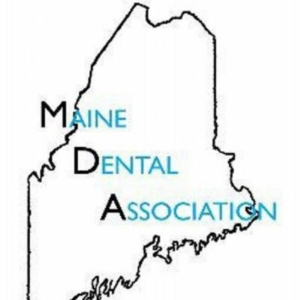 Two local graduates were selected to receive the 2019 Alva S. Appleby Scholarship from the Maine Dental Association Charitable Foundation.
Two local graduates were selected to receive the 2019 Alva S. Appleby Scholarship from the Maine Dental Association Charitable Foundation.